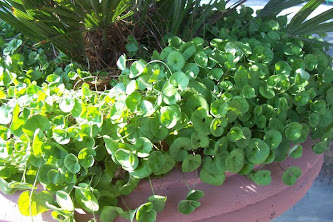Growing a red twig dogwood is a great way to add spectacular color to the winter garden. The stems, which are green in spring and summer, turn bright red when the foliage drops off in autumn. The shrub produces creamy-white flowers in spring and berries that ripen from green to white by the end of summer. Both fruits and flowers look good against the dark background of the foliage, but pale in comparison to the brilliant winter display.
Growing a Red Twig Dogwood
Don’t confuse red twig dogwood trees with other dogwood trees. While both the tree and the shrub belong to the Cornus genus, red twig dogwoods never grow to become trees. There are two species of Cornus called red twig dogwoods: Tatarian dogwood (C. alba) and Redosier dogwood (C. sericea). The two species are very similar.
Red twig dogwood is one of those plants where more is better. They look fantastic when planted in groups or as an informal hedge. When planting red twig dogwoods, give them plenty of room. They grow up to 8 feet tall with an 8 foot spread. Overcrowding encourages diseases and causes less attractive, thin stems.
Red Twig Dogwood Care
Red twig dogwood care is minimal except for pruning. Annual pruning is essential to keep the brilliant colors of the twigs. The primary goal of pruning red twig dogwoods is to remove the old stems that no longer show good winter color.
Remove about a third of the stems at ground level every year. Cut out old, weak stems as well as well as those that are damaged, discolored, or growing poorly. This method of pruning keeps the color bright and the shrub vigorous. After thinning you can shorten the stems to control the height if you’d like. Cut back the entire shrub to 9 inches above the ground if it becomes overgrown or out of control. This is a good way to quickly renew the plant, but it leaves a bare spot in the landscape until it regrows.
Water weekly in the absence of rain for the first couple of months after planting red twig dogwoods, and cut back on the water once the shrub is established. Mature shrubs only need watering during dry spells.
Feed the plant once a year with a layer of compost or a sprinkling of slow-released fertilizer over the root zone.



 Dichondra repens: is a member of the Convolvulaceae family and is known as Kidney Weed. This is an unfortunate common name. Although the leaves are kidney-shaped it is not a weed but a useful Australian native plant.
Dichondra repens: is a member of the Convolvulaceae family and is known as Kidney Weed. This is an unfortunate common name. Although the leaves are kidney-shaped it is not a weed but a useful Australian native plant.